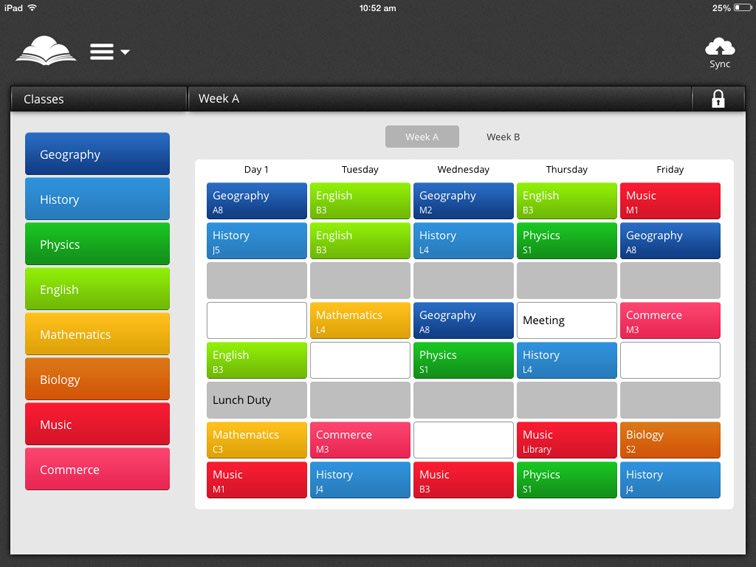How To Launch A New Idea For Your School
by Grant Wiggins, Authentic Education
Ed note: This is a slightly-edited excerpt from a post by Grant on differentiation and the implementation of policy.
Looking for a process to avoid bad implementation of what very well might be a good idea? A new literacy program, curriculum framework, technology, or schedule? A solution seems straightforward, based on our sad history in making this mistake. Below are 13 thoughts–a kind of sequence–to consider.
- intense study of local needs – identification of gaps between Mission and reality
- intense study of possible initiatives, given a need/problem statement
- a process and set of criteria for weighing the pros and cons of possible initiatives/approaches/
programs - a Purpose statement for the new initiative decided on – the idea and ideal to be safeguarded throughout the work, why the idea suits our needs at this moment in time, and why this is the most promising initiative
- intense study of past initiatives locally: which succeeded, which failed, and why?
- policies and criteria for vetting whether a proposed initiative is Mission-appropriate, and whether or not a strategic plan exists that is likely to make the initiative succeed
- incentives for pioneers to try it out and report back
- incentives and opportunities for rank-and-file teachers to try out some manageable aspects of the initiative – thus, some choice for teachers
- models of exactly what teachers are supposed to do, in their grade/subjects, of the initiative
- a strategic plan that anticipates and adjusts based on the most likely misunderstandings, concerns, rough spots, and logistical impediments to success. (“This initiative will fail unless we deal with such likely roadblocks as…”
- a system for ensuring lots of feedback to teachers and sharing by teachers in all scheduled staff meetings, as they try things out
- a steering committee charged with gathering constant and timely feedback about the initiative and acting on it in a timely way
- the steering committee recommending key structural changes needed to optimize the long-term success of the initiative, so that all the work is not on the back of individual isolated teachers
The first three points deserve special attention in light of common criticisms of DI – namely, that it is difficult to manage as an individual teacher (True). DI is one possible solution to excessive i.e. unmanageable heterogeneity in the typical classroom. So, if the problem statement is: too many learners of great difference in ability in certain classes, limiting engagement and achievement for all, then there are additional reforms, beyond DI, that should be considered, too.
Maybe we need to reconsider birth-year related grade levels; maybe we need to group more homogeneously (as we happily do in Spanish and upper-level math classes) throughout the period or day. Yes, tracking is bad; that doesn’t mean that intelligent and flexible grouping in classes – especially in a standards-based world where we are accountable for the achievement of all learners – is a bad idea. Then, any proposed solutions might tackle both DI and structural solutions – and be really “owned” by staff since the initiative was a logical response to need rather than a mysterious mandate.
In short, we tend to mandate “solutions” before the problem statement is fully explored, established, and used to consider alternative solutions.
This article was excerpted from a post that first appeared on Grant’s personal blog; Grant can be found on twitter here; Itemizing Sustainable School Improvement: A Sequence; Launching A New Idea In Your School? Some Thoughts For Your Success


